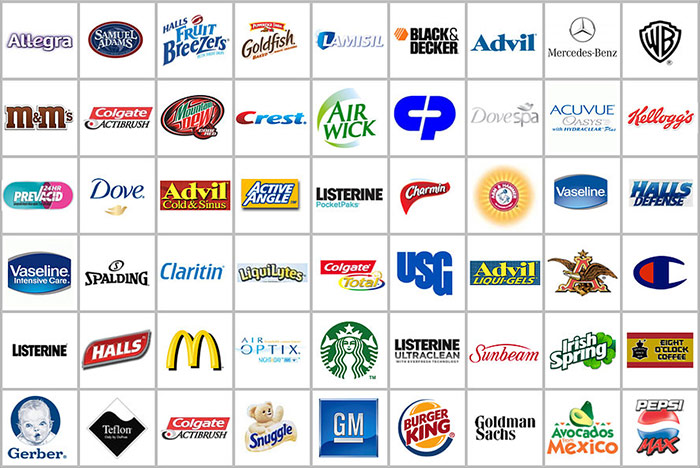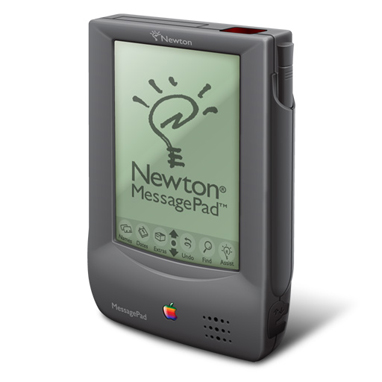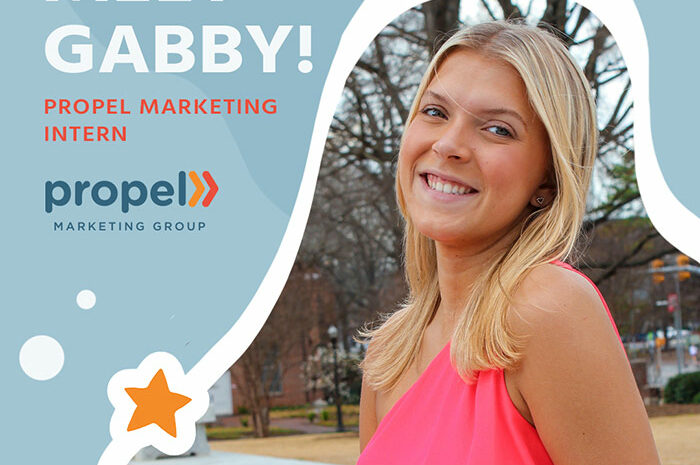
A Creative Kickstarter for Your Brand’s Name
But it gets harder every day as new products keep coming out, each staking claim to a particular trademark territory. I’ve put together a list of creative strategies for naming. This list is by no means exhaustive – talented people all over the world are coming up with new ways of attacking this problem – but this list will give a broad overview of some of the top strategies when creating a product name.
Functional or Descriptive
These simply describe some function, benefit or attribute of the product. These can be great names if you can get your hands on them, but since they are so direct they tend to be owned, or if they are too descriptive they cannot be owned. A few prominent examples of descriptive names would be International Business Machines (IBM), General Electric, All Bran cereal and Palmolive soap (originally formulated from palm and olive oil). Combining descriptive attributes can still lead to a memorable and ownable name, such as the Crunch Wrap Supreme or Double Mint Gum.
Geographical
These would be names based on the location where the business is based. Examples would be Red Wing Shoes (located in Redwing, MN) or the Boston Beer Company (makers of Sam Adams). There are benefits and drawbacks to this approach. If you are able to claim a geographical name, your brand could be positioned as the authority in the area. It could also be perceived as a regional-only brand, or it could disappear into a sea of similar names for other products.
Imagery-based
This category includes all the names that draw on imagery, anything that borrows the strength or characteristic of an animal, object, person or a mythological figure. Examples would be brands like Puma, Nike and Jaguar. These names are all real words that share some element with the product; pumas jump, nike is victory, jaguars are sleek and fast. The benefit of these types of names is consumers will associate the attributes of the image with your product or service, which will work wonders as imagery for marketing efforts. These names can be harder to own since many popular images have been heavily mined for other brands.

Arbitrary
These names are real words that are used out of context. This strategy is distinguished from imagery-based names in that these names often have nothing to do with the product category. The most prominent example of these would be Apple. Other examples include Penguin Books or Orange, a European mobile phone provider. The benefit to these types of names is that they can be unique and memorable, but being devoid of direct meaning become empty vessels for the brand attributes. The drawback to this type of name is that you will have to invest more in marketing to associate the name with your product or service.
These are of course really broad strategies, there are many sub-strategies under these. There are a few great books out there and the Wikipedia page on product naming is another good place to start.
Of course, the most important part of the brand is and will always be the product. The greatest marketing campaign with the perfect name cannot save a crummy product. Remember the Apple Newton? I didn’t think so.
Post Image | Apple Newton
Feature Image | OptiBrand Rx



